HUMAN TRAFFICKING
by Justine Urriquia


1. Southeast Asia
1.1. has a growing population of over 600 million — and internet users have doubled.
1.2. Human traffickers have an increasing number of targets online in Southeast Asia.
2. Trafficking networks seek children for:
2.1. illegal adoption
2.2. commercial sexual exploitation
2.3. drug trafficking
2.4. child labour
3. February 2014
3.1. Chinese authorities rescued 382 babies and arrested more than 1000 people suspected of buying and selling young children online
3.2. This followed a six-month operation in which authorities were made aware of a website promoting private adoptions
3.3. Law enforcement authorities subsequently uncovered an online black market that connected buyers and sellers over four websites, online forums and some 30 groups on a popular Chinese messaging platform.
4. Human trafficking is the trade of humans for the purpose of forced labour, sexual slavery, or commercial sexual exploitation for the trafficker or others
5. October 2013
5.1. the Taken Campaign launched the first anti-trafficking mobile phone application to mark Anti-Slavery Day in London
5.2. an anti-trafficking mobile phone application was developed by RedLight Traffic in the US
5.3. Along with the Polaris Project (a US-based NGO), the app provides users with potential trafficking indicators and red flags to identify victims, a 20-minute training exercise to recognise trafficking, an anonymous way to report suspected cases to local authorities, and a sharing tool to establish a local community network against human trafficking.
6. Was there progress in the fight to stop human trafficking after ASEAN signed the Declaration Against Trafficking in Persons, Particularly Women and Children?
7. YES, THERE IS A PROGRESS IN THE FIGHT TO STOP HUMAN TRAFFICKING
8. What is the percentage of child victims of human trafficking in the ASEAN Region?
9. NEARLY 40 PERCENT
10. Trafficking networks seek children for illegal adoption, commercial sexual exploitation, drug trafficking and child labour. Children under 18 using social media platforms often fall victim to traffickers. In the first instance, a young person might receive a friend notification from an unknown person but still accept the request. They increase exchanges, agree to meet and after continued social media interaction they meet again. The child subsequently gets trafficked and this is how an estimated one quarter of children reported missing in Indonesia are thought to have met their captors on social media platforms like Facebook. Yes, because many people are not that kind of aware and careful in using internet.
11. Use of mobile phones in Human Trafficking
11.1. to recruit
11.2. to harbour
11.3. provide higher numbers of victims for commercial sexual activity
11.4. The explosion in mobile phone usage in the region facilitates real-time communication and coordination
12. ASEAN
12.1. signed the Declaration Against Trafficking in Persons
12.1.1. no significant progress on implementing the Declaration has been made
12.1.1.1. because East Asian countries are a major source for long-distance, transregional trafficking

